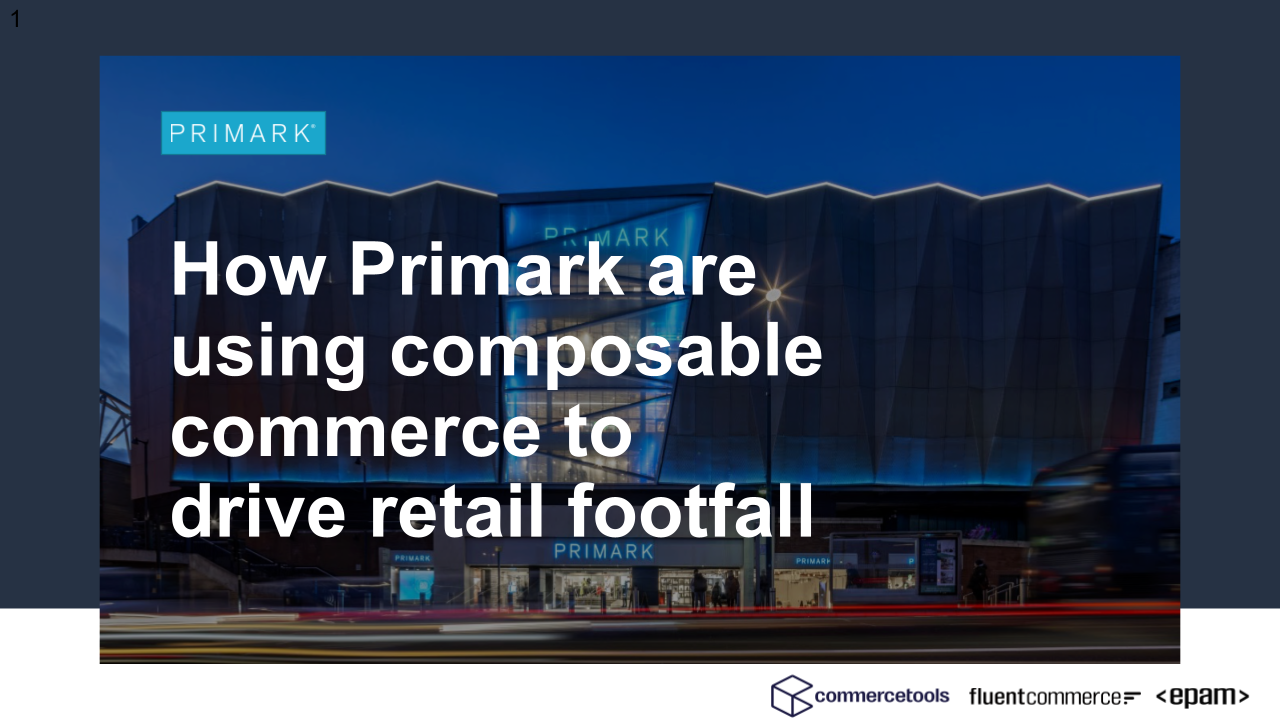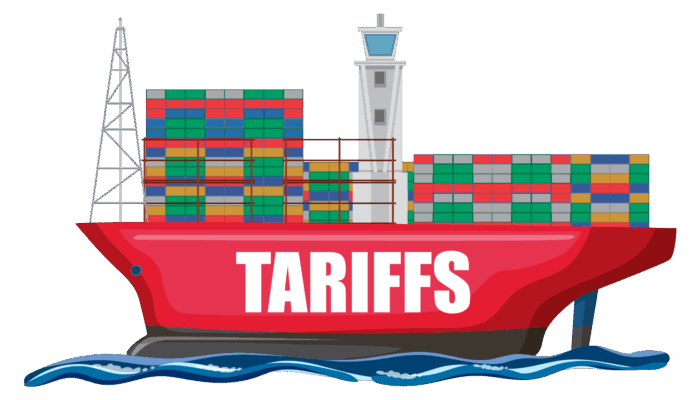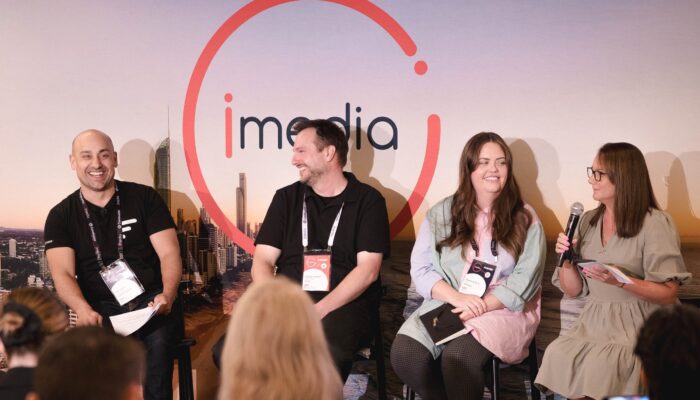Tell us a little bit about your role and Primark?
My name is Peter Robinson, Head of Channels Transformation and Strategy, at Primark. I deliver digital solutions for Primark.
Primark is a massive global retailer, the number one volume retailer in the UK. Physical stores have and always will be the anchor of the business. Primark trades in 17 markets. The most recent being Budapest, Hungary.
A few more numbers on Primark:
- 70,000 employees
- 446 stores (including Hungary)
- 192 stores in the UK
- 17.5 million square feet.
What was the digital landscape at Primark like when you started in 2021?
When I joined in 2021, Primark didn’t have any digital capability: No real website. There were literally just pictures of clothes online. It wasn’t possible for customers to engage with the website, so traffic was light. COVID made the business recognize that we had to do something different.
If you tried to shop for a coat at Primark during COVID, you couldn’t. And if you managed to, you were left waiting outside of the store while the staff had to search and find it. It was a horrible customer experience.
How was the digital initiative at Primark different?
We knew that our customers wanted to engage with us at a digital level, our social channels showed that. But we wanted to find the right things and give them something that they wanted to keep coming back for all the time.
At the end of the day, it was about how do we get our people into the stores more? And using our digital initiative to do so. Primark didn’t want to become a pure ecommerce brand. The business is 100% invested in our high street stores. And we needed to get our customers coming back in. So we started with a new website. Models wearing our clothes for the first time, bringing the brand to life.
Then, we added a lovely feature, click and shop and go. A customer can find out if their local store has the product they are looking for. Basic for a lot of people, but a game-changer for Primark in terms of what it meant for engaging with our customers.
We wanted to scream and shout about Primark on the High Street from the digital point of view. And we wanted to try offering click and collect next.
Why click and collect?
Because the goal remains the same, Primark wants to drive customer traffic into stores. Due to margins, home delivery didn’t make sense unless basket sizes were very large. So, the strategy was click and collect.
With click and collect, we hoped it would happen like this:
- Customers make an online purchase
- They come into the store to pick it up
- While in the store, they find something else to buy
The business case for click and collect was driving footfall to store to increase incremental revenue. Spoiler alert. It’s very successful.
What technology did you use to achieve this digital transformation?
Our legacy tech was Oracle. Anyone who has Oracle understands it’s really challenging to connect with. It is very hard to get the data you need out of it.
Our team here at Primark knew the best option was to go composable and modern.
That led us to:
- commercetools and
Fluent Commerce
Plus, EPAM implementation partner joined us as staff. In addition to that, for the first time Primark started capturing customer details in Salesforce CRM. Every step we took was to better understand our customers. Bring them new experiences, do targeted marketing, and more.
What does Fluent Commerce enable Primark to do?
- Scale with confidence
- Make changes really, really quickly
- Minimize the amount of systems we need
- Flexibility to test and try new things
- Recruit top talent
Being able to talk about modern architecture really helps with the recruitment process.
What have the results been?
Primark has 31 websites now. Our new retail website, plus a corporate website for every country. And all countries live in 18 months.
For Order Management we started with a 25 store pilot. We then doubled that to a 52 store pilot, including London. And now we are live across the whole of UK (192 stores).
Fluent Order Management has made it possible for customers to order from Primark online. I get hourly updates of what sales are going through online. Our business case is all about driving the second basket. When an email is sent to our customers saying their order is ready, we show them what else they can collect when they come in for order pickup.
Primark is notorious for register lines wrapping around the store on the weekend, it’s horrible. Fluent Order Management has made it so Primark can offer a new, better customer experience. It did exactly what we wanted it to do. Customers get a better experience with the ability to skip the queue. And Primark reaps the benefits of them making an additional purchase when they come in.
We want customers to shout about click and collect. To engage and say, “this is fantastic.” When we announced that we were going to put click and collect live in every UK store, The website went mad.
When a customer spends X pounds online and then comes in and spends an additional Y pounds, we capture that and have the full picture of the transaction. We call this second basket and it has done really well.
Our business case was partly predicated on the value of that second basket. We also wanted to see overall growth increase, not just click and collect. And we did.
Any advice for others looking to transform their businesses like Primark has done so well?
Absolutely, lean into customer behavior changes.
Also, don’t shy away from having multiple vendors when it means you have the best solutions. It’s worth the effort to manage multiple vendors if it means having it done right.
Don’t stand still, it’s an agile process. We have releases going out all the time. We’re adapting for our customers’ needs and have the right technology in place to make that easy.
Build relationships as a strong technology partner for the rest of the business to lean into. Our team needs to have really really good working relationships with their colleagues, other departments, business and digital teams. That is important to get right.
The last one is, recruitment is critical. Having the best-in-breed technology stack helps that. Make the decision to invest and put a strong team in house, product people, architects, etc.



